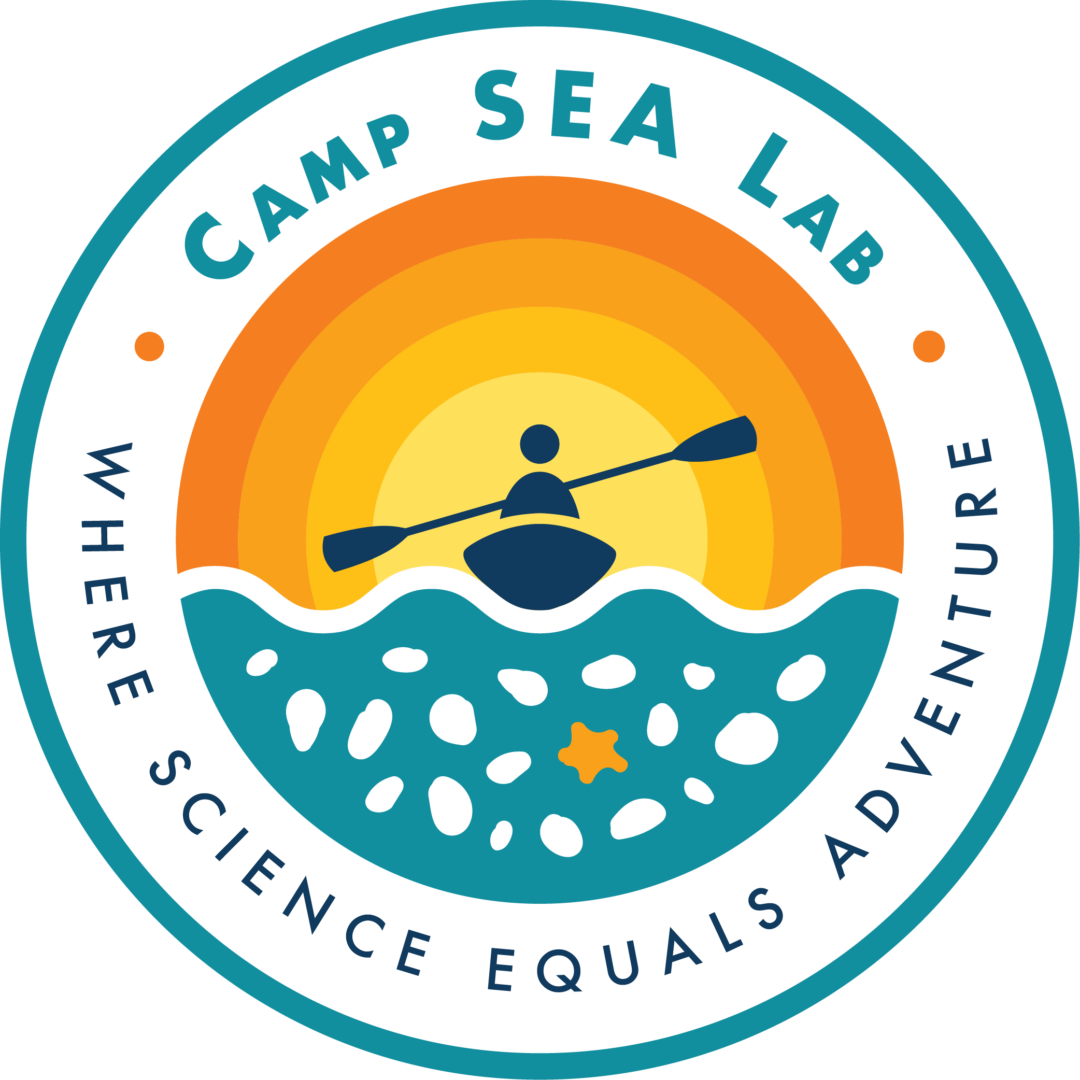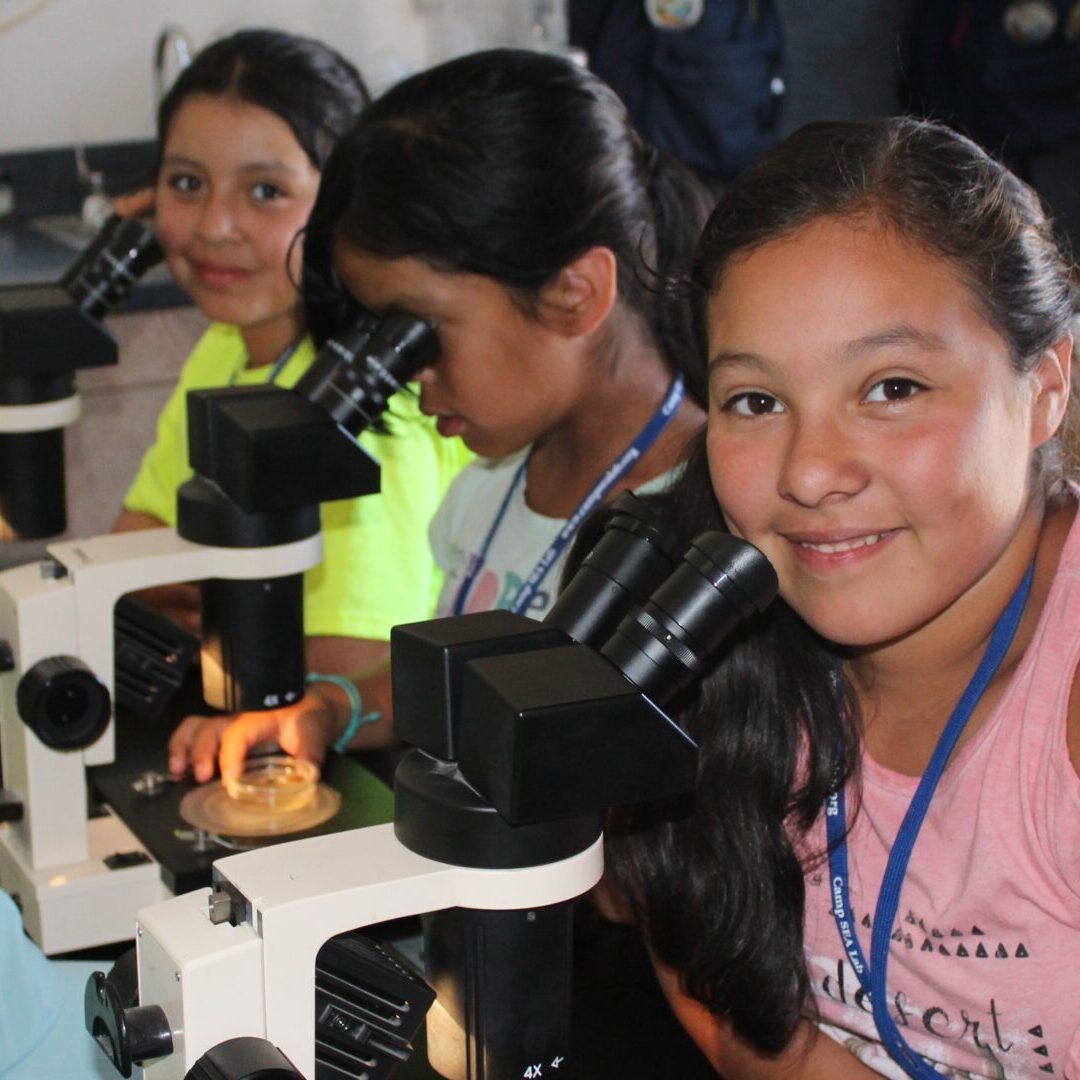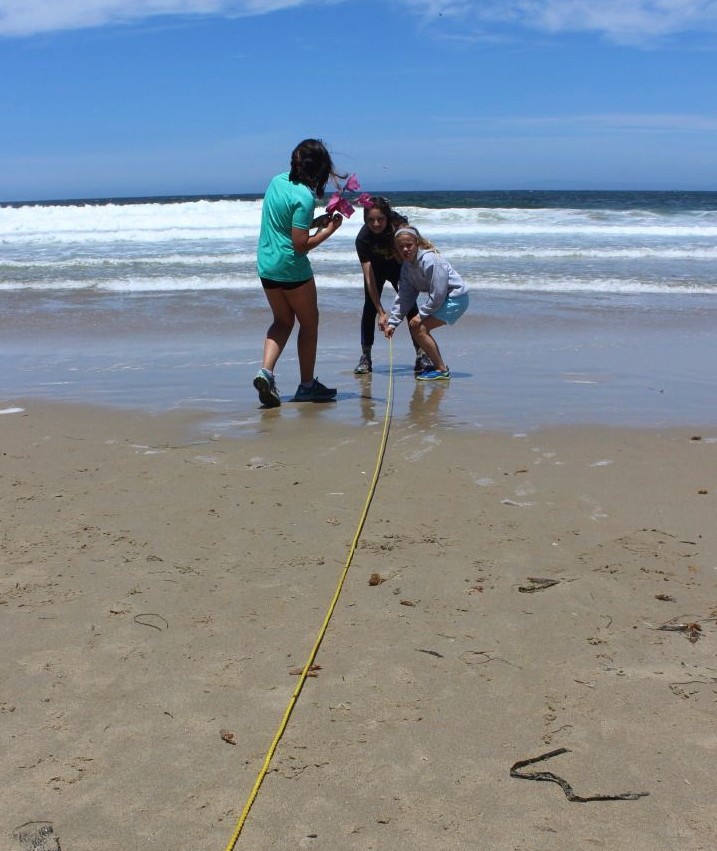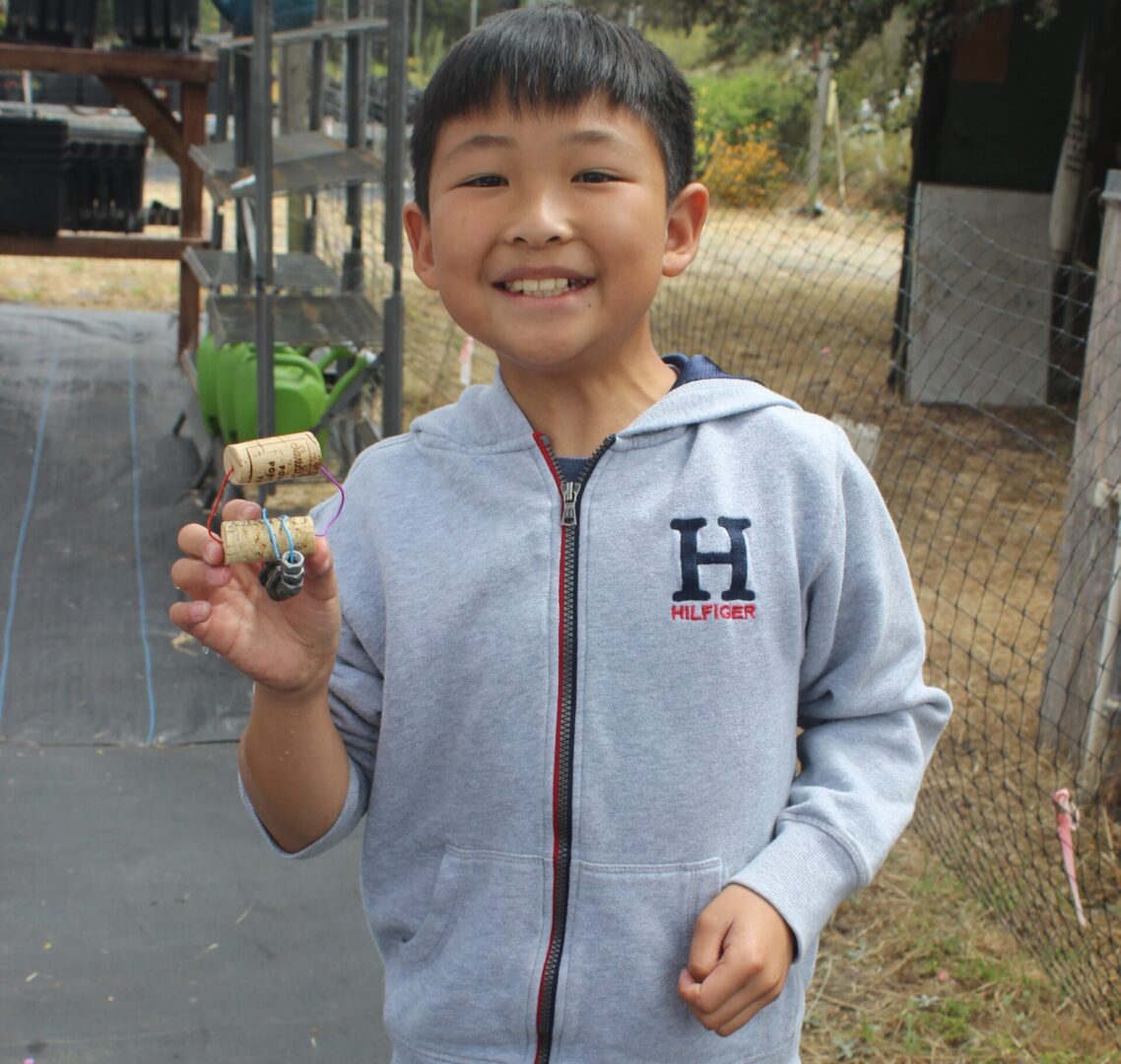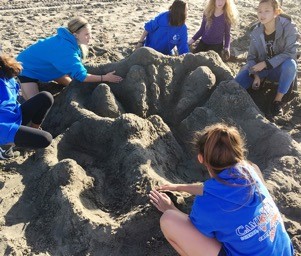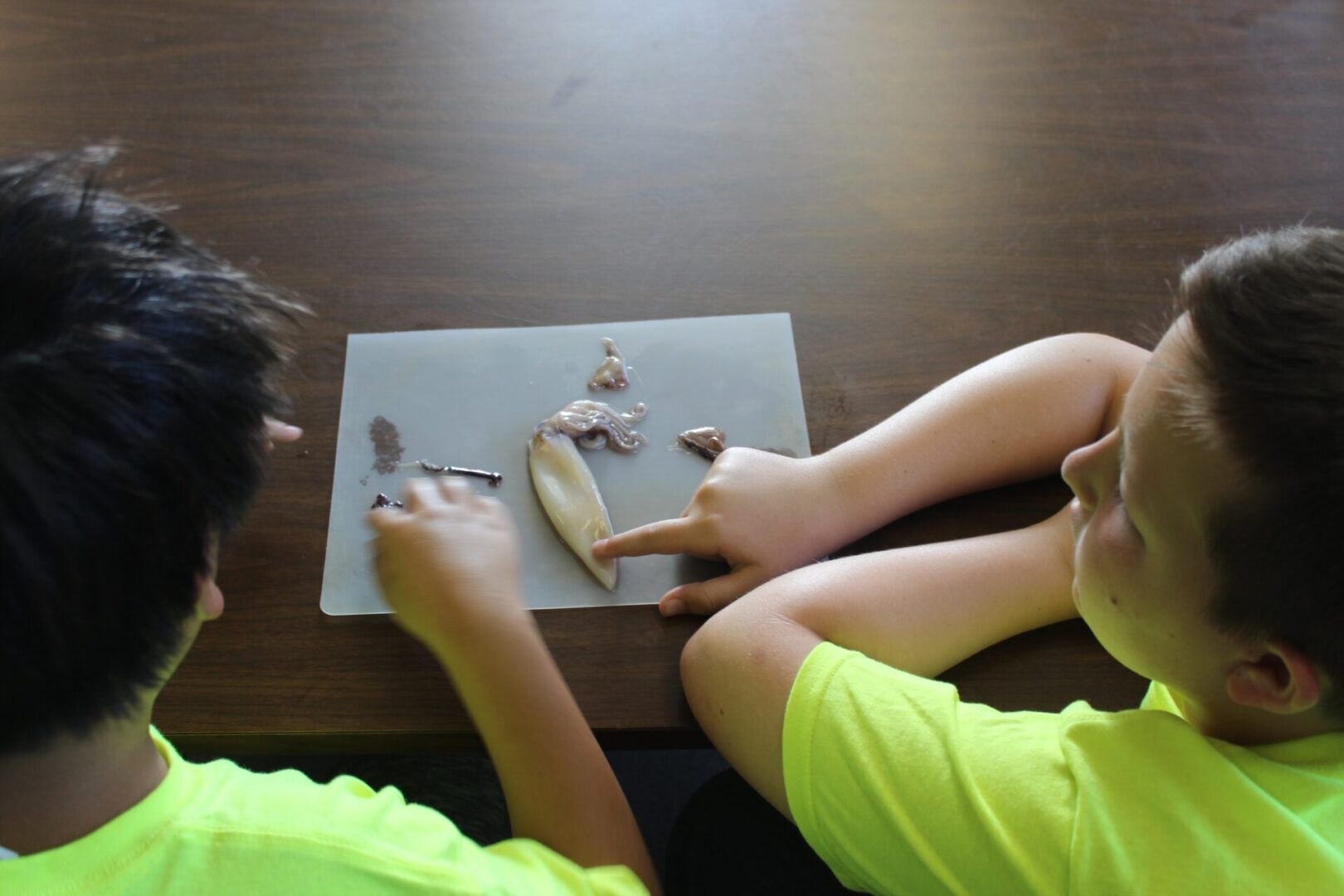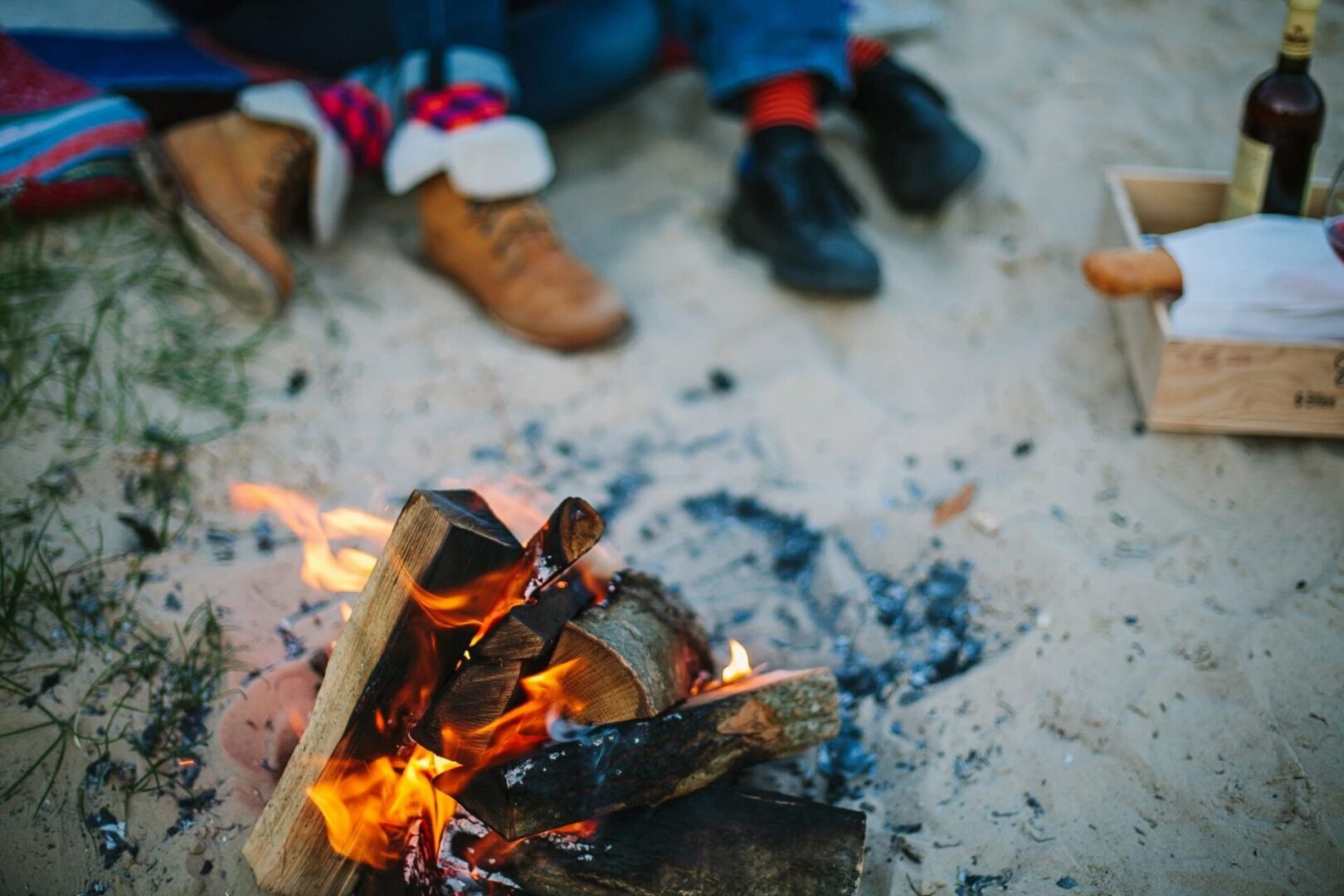
Where is Camp SEA Lab?
Camp SEA Lab offers residential programs at two beautiful coastal facilities:
- Camp St. Francis is the larger of our two sites, accommodating a maximum of 100 students. It is located 15 miles south of Santa Cruz in the Aptos/Seascape area and offers a private and secluded 15-acre site with private beach access. The site also includes 5 single-gender dormitories, a large dining hall, a large classroom, and ample space for outdoor activities including a sporting field, volleyball court, and basketball court.
- Monterey Bay Academy is the smaller of our two sites, accommodating a maximum of 39 participants. This 380-acre site is located 17 miles south of Santa Cruz, in the Pajaro/Watsonville area. The Academy offers a bunkhouse with rooms for boys and girls, as well as, a large dining hall, open playing field, a classroom equipped with marine aquaria, and private beach access.
Our residential programs have the option to take an offsite field trip to go kayaking in the Elkhorn Slough. Camp SEA Lab is proud to partner with Kayak Connection‑Moss Landing for all of our kayak tours. Each of our groups is assigned a Kayak Connection guide and all students are provided with life vests, splash gear, and a paddle lesson before getting on the water.
What will you need for Residential Outdoor School?
Prior to attending Camp SEA Lab's Residential Outdoor School program with your school/class, you will need to complete the forms sent home by your teacher. The forms include a health form, a liability waiver, and a kayak waiver (if your school is planning to kayak).
Coastal weather is highly unpredictable. We recommend bringing clothes that can be worn in layers. Activities will take place in sunshine or rain! We suggest labeling all items with your child's name. Italicized items are optional, though recommended.
- Bag lunch for the 1st day of camp
- Medications (Rx and OTC). Give to teachers before leaving school
- Backpack (like you use at school, to hold extra layers and your water bottle during activities)
- Reusable water bottle
- sunscreen
- Sleeping Bag & Pillow
- Shower Towel
- Toiletry Kit: comb/brush, shampoo, toothbrush & toothpaste, soap & deodorant
- Hat
- Sunglasses
- Camera
- Book (for quiet time)
- Plastic bag for dirty clothes
- Pajamas
- 3 pairs of pants and shorts
- 2 jackets or sweatshirts
- rain jacket
- 4 shirts
- 4 pairs of underwear and socks
- Pair of athletic shoes (sneakers)
- Pair of closed-toe water shoes (or old sneakers that can get wet)
- A pair of sandals with a heel strap
Food including candy and drinks, electronic items (ex: iPods, tablets, and cell phones), valuables (ex: jewelry and money), knives, and other weapons.
